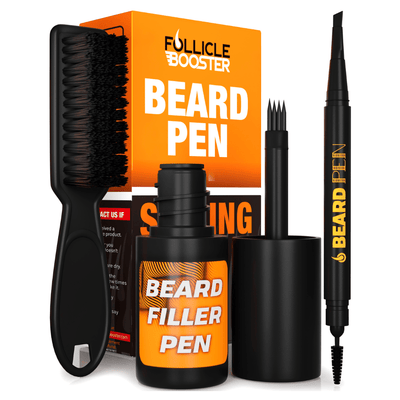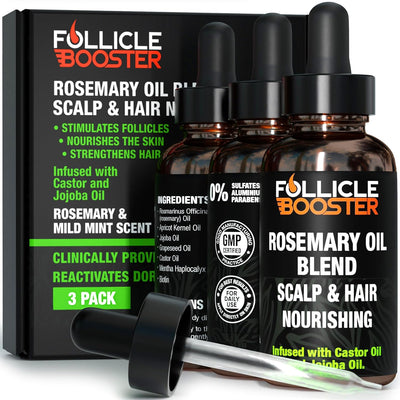Having no beard in your 20s can be frustrating, especially when the trend of sporting full beards seems more popular than ever. While genetics play a significant role in beard growth, there are steps you can take to encourage facial hair development. Various solutions are available, whether you're after a full beard, a neat goatee, or just a bit of stubble. One increasingly popular option involves using a minoxidil solution, but other strategies exist. Here's a guide to help you get started:
Try Minoxidil Solution
Minoxidil, originally designed to combat hair loss on the scalp, has also gained popularity for beard growth. It increases blood flow to the hair follicles, potentially stimulating growth in previously patchy or barren areas.
How to use it:
- Apply a small minoxidil solution to your beard area twice daily.
- Ensure the area is clean and dry before applying.
- Be consistent! Visible results can take 4-6 months, so patience is vital.
While there are many success stories, it's important to note that not everyone will experience the same level of growth, and there are potential side effects, such as dry skin or irritation. Always consult a healthcare professional before starting.
Boost Testosterone Naturally
Testosterone plays a crucial role in facial hair growth. If your body has low testosterone levels, your beard may struggle to grow. You can naturally support healthy testosterone levels with lifestyle adjustments, such as:

- Exercise: Resistance training, such as lifting weights, has been shown to boost testosterone naturally.
- Diet: Include healthy fats (like avocados, nuts, and fish) and protein. Avoid overly processed foods.
- Sleep: Aim for 7-8 hours of quality sleep to promote hormone balance.
Increasing testosterone naturally can help create a better environment for beard growth, but results will also depend on genetics.
Maintain a Healthy Skincare Routine
Healthy skin provides a solid foundation for hair follicles to thrive. Caring for your skin is just as important as stimulating hair growth in your beard journey.
- Exfoliate regularly to remove dead skin cells that could clog pores.
- Moisturize daily to prevent dryness, which can stifle hair growth.
- Consider using a beard oil or balm to help keep the skin hydrated and healthy.
Good skincare is vital to promoting hair growth while reducing irritation and dryness when using products like minoxidil.
Eat a Nutrient-Rich Diet
What you put in your body directly affects your hair health. A well-balanced, nutrient-dense diet can improve hair follicle health and support beard growth.
- Biotin: This B vitamin is well-known for boosting hair and nail growth. You can find it in foods like eggs, nuts, and seeds.
- Zinc: Zinc deficiency can lead to hair loss, so include zinc-rich foods like beans, oysters, and whole grains.
- Vitamin D: Helps regulate hair follicle cycles, ensuring healthy hair growth. Try getting sunlight or taking a supplement.
Focus on whole, unprocessed foods to ensure you're getting the necessary vitamins and minerals to support your beard journey.
Be Patient and Persistent
If there's one thing you must remember, beard growth takes time. Whether you're using minoxidil or boosting testosterone, consistency is critical. Everyone's facial hair grows at different rates, and it can take months or even years to see significant results.

In the meantime:
- Don't stress—chronic stress can negatively affect hair growth.
- Embrace the journey. Even if your beard is coming in slower than you'd like, enjoy the process of grooming and self-care.
If you're struggling with a zero-beard situation in your 20s, don't worry. With the proper steps, such as using minoxidil, improving your lifestyle, and keeping a solid skincare routine, you'll be on your way to growing the facial hair you desire. Stay persistent, and remember that patience is vital!











